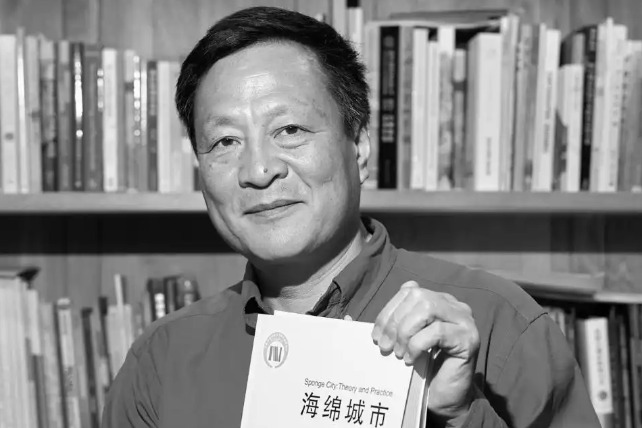Scientists make first high-temperature single-molecule magnet

WASHINGTON -- An international team of scientists from Britain, China and Finland produced a new molecule-based magnetic information storage material, which might be used to produce high-density digital storage media and parts of microprocessors in quantum computers.
The study published in the latest journal Science showed that they successfully designed and synthesized the first single-molecule magnet (SMM) with a blocking temperature above 77 K, the boiling point of liquid nitrogen, which is both cheap and readily available.
Previously, it was only possible to synthesize SMMs with blocking temperatures reachable by cooling with expensive and scarce liquid helium.
SMM is a type of material that retains magnetic information up to a characteristic blocking temperature. Those molecules are capable of remembering the direction of a magnetic field that has been applied to them over relatively long periods of time once the magnetic field is switched off, according to the study.
Therefore, one can "write" information into molecules. But its applications have been greatly hindered by the fact that those molecules are operational only at extremely low temperatures.
Their intrinsic memory properties often vanish if they are heated a few degrees above absolute zero (minus 273 Celsius degrees), meaning they can be only studied under lab conditions by cooling them with liquid helium.
The discovery of the first high-temperature SMM means developments could be made in the future to massively increase the storage capacity of hard disks without increasing their physical size.
- China activates emergency flood response as Typhoon Matmo brings heavy rainfall
- Chinese mountain city Chongqing becomes world's new must-see
- Hong Kong inaugurates MTR Northern Link project to fast-track Northern Metropolis construction
- China issues orange alert as Typhoon Matmo approaches
- Xi, Bangladeshi president exchange congratulations on 50th anniversary of ties
- Vibrant China during holiday: Traditional culture meets tech





































